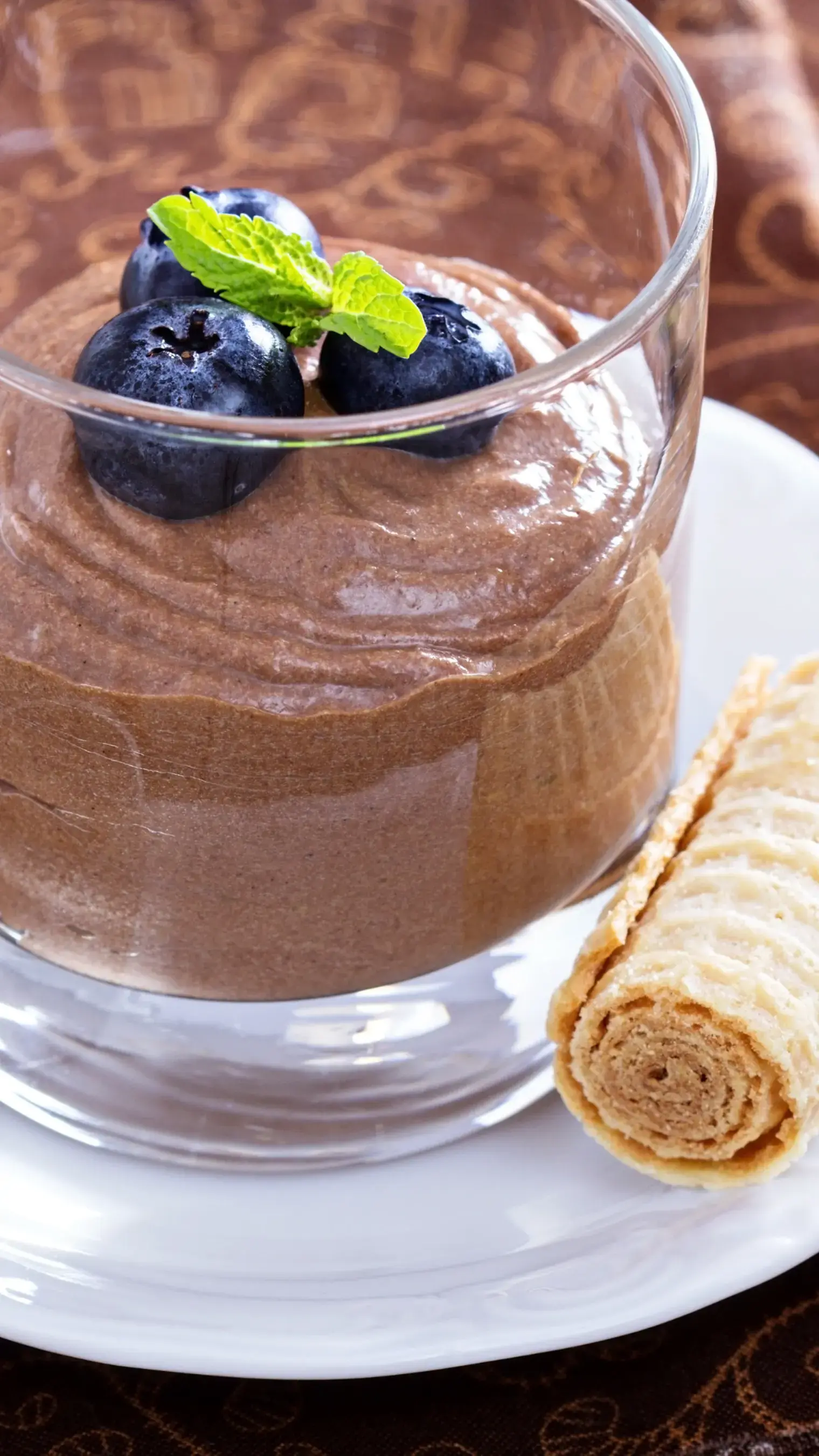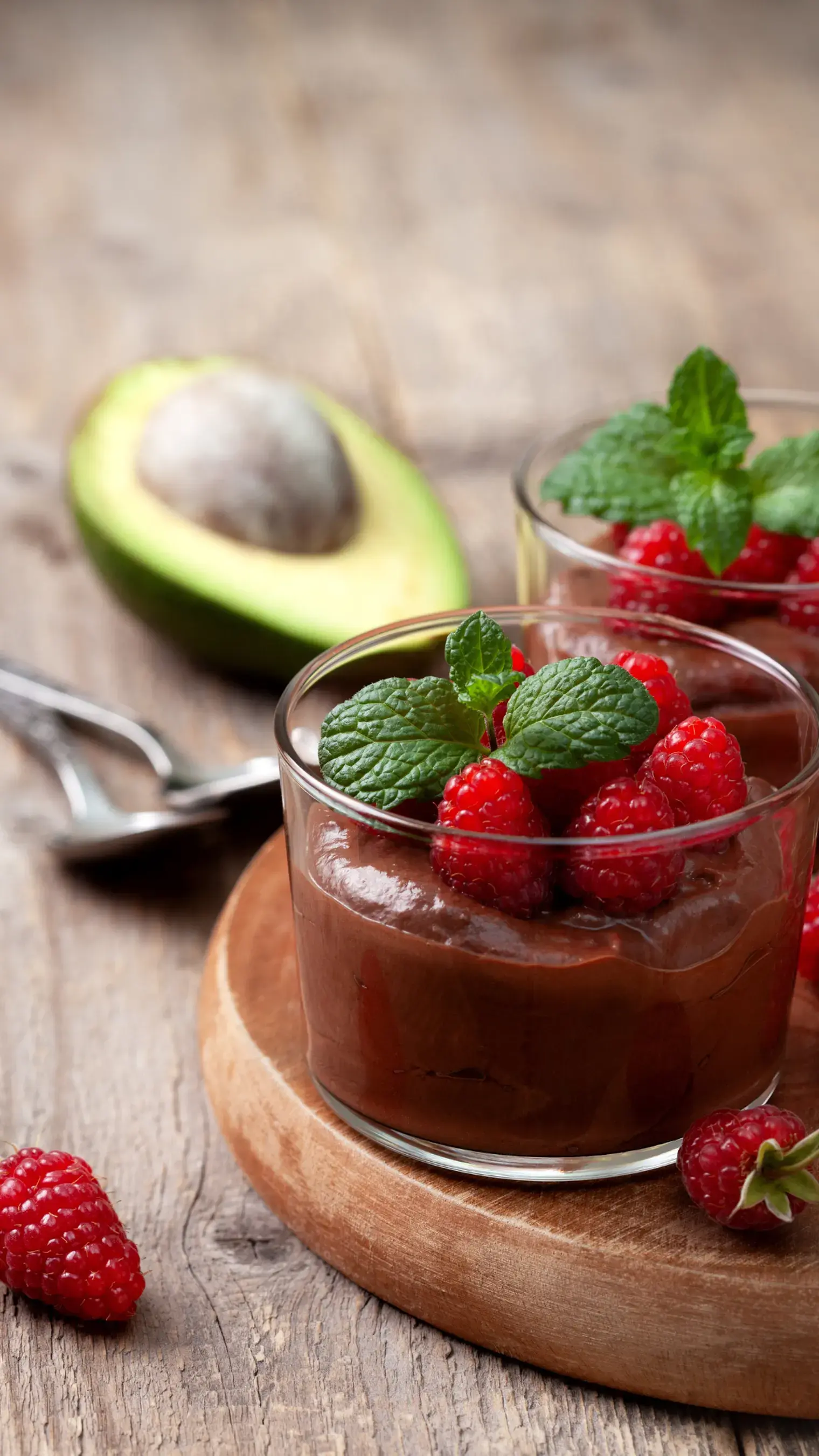Add punch to your smoothies with these berry picks for chocolate and almonds. Want to make a berry chocolate smoothie with almonds? Read how to make it shine.

Ever stopped in the middle of a snack and thought — this is good, but it's missing something? Perhaps a piece of dark chocolate tasted too rich, or a serving of almonds too dry by itself. Imagine then adding a scoop of fresh berries to the mix. The entire ensemble is transformed. The bright, biting zip of fruit hitting rich cocoa and nutty almonds makes for a perfect contrast. It's not fussy, but it feels like something special.
This is not merely dessert — it's a means to make something familiar appear new again. If you're preparing a weekend smoothie, taking energy bites along for the ride, or layering a speedy dessert bowl, getting the proportions correct is important. And for Indian kitchens, having a sense of which berries will work — locally grown, seasonal, and compatible with the Indian taste — may remove the guesswork.
Here's a more focused view of which berries shine when blended into a Berry Chocolate Smoothie with Almonds or any chocolate-almond dessert. Let's discuss real combos that will work — bold, bright, and absolutely Indian in setting.
1. Strawberries – Sweet, Bold, and Easily Sourced
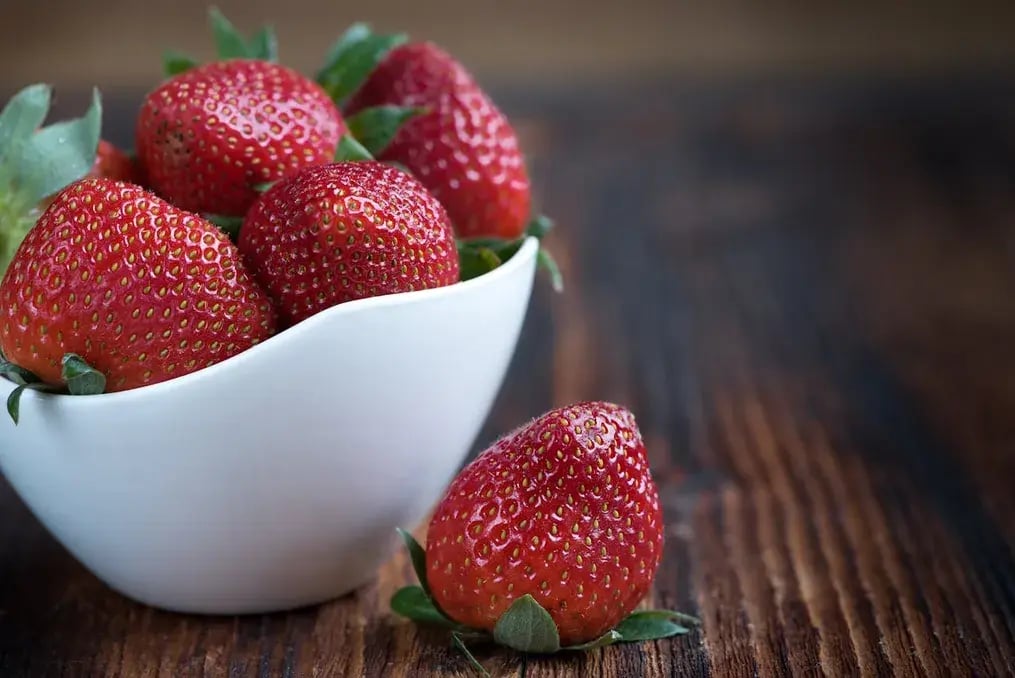
Strawberries are familiar in the Indian market, particularly during December and March. Their sweetness strikes first, then a tartness that never overcomes but never gets dull. With chocolate, particularly dark or semi-sweet, strawberries never get overshadowed — they break through. Almonds, when light-roasted, ground up, or even blended with milk, soften that conflict and provide a creamy, comforting contrast.
2. Blueberries – Subtle, Complex, and Worth the Hunt
Where once blueberries were a rare find in Indian retail, today they are gradually taking up shelf space in urban cities. Even if fresh ones are beyond reach, Himachal-frozen or imported blueberries serve the purpose equally well. What they add to a chocolate-almond pair is complexity — a wine-like tartness followed by subdued sweetness that gets along rather than overpowering.
3. Mulberries – Local, Juicy, and Underappreciated
Northern and Central India sees mulberries (shahtoot) appear in the summer— fresh, shiny, and easily overlooked. Their flavor is dependent upon color — black ones provide a tart crunch with earthy undertones, while the white tend toward sweetness. The black, when folded into chocolate and almond combinations, introduces a jam-like burst that complements naturally roasted nuts.
4. Gooseberries (Amla) – Bold, Pungent, and Surprisingly Compatible
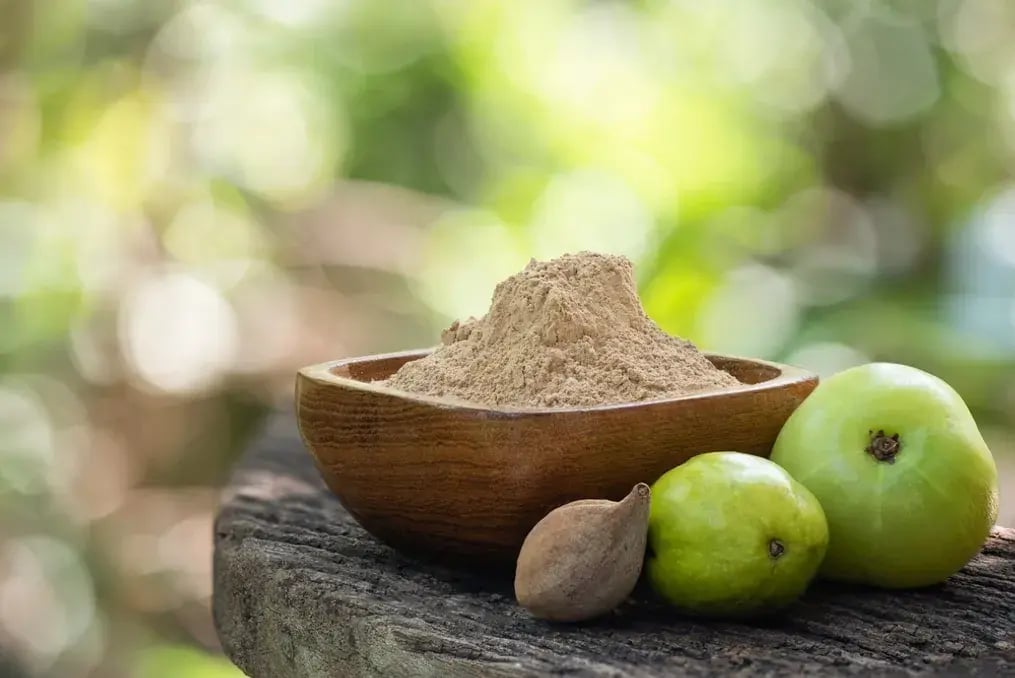
This may sound like a curveball, but listen to this, amla, if it's candied or softly stewed in jaggery, becomes something else. That bitter-spiky bite mellows out, and then it's this chewy, snappy bite that somehow pairs perfectly with rich chocolate and roasty almonds. It's not traditional, sure — but it doesn't attempt to replace the sweetness of Western berries. It plays its own game.
5. Raspberries – Intense, Bright, and Compact
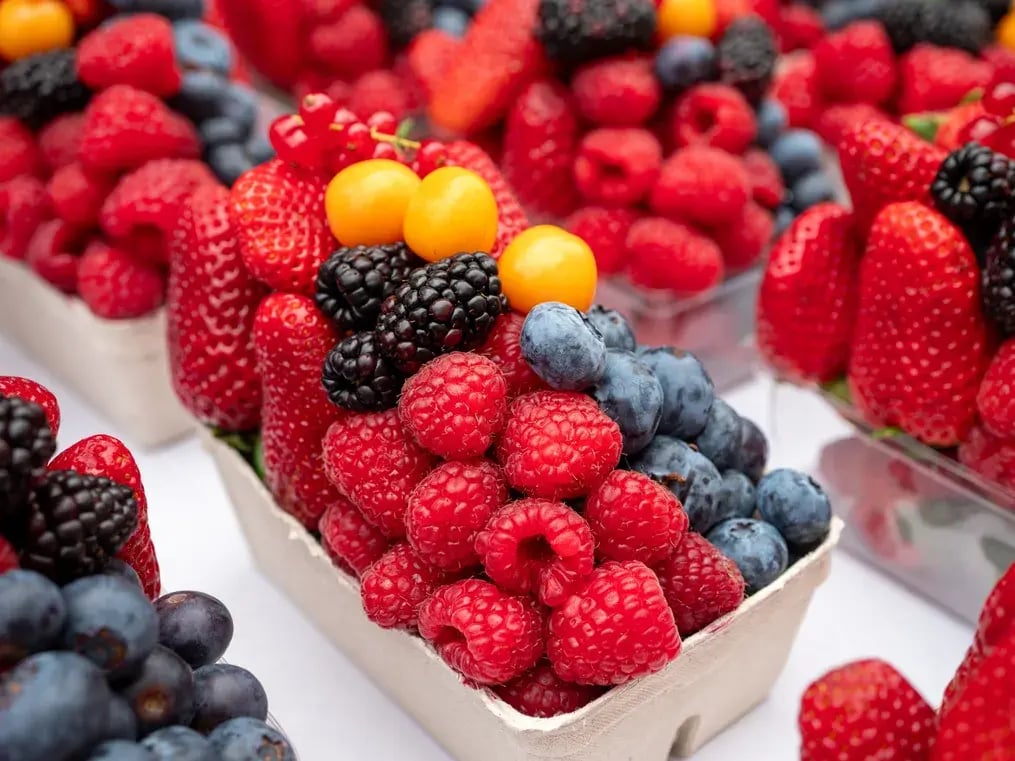
These are the stoppers. Tart, sharp, and bursting with juice, raspberries have a natural affinity with chocolate. Although still very pricey in most of India, frozen raspberries can sometimes be sourced online or in specialty stores. Used in moderation, they have a big impact.
6. Cape Gooseberries (Rasbhari) – Tart, Tropical, and Textured
These orange-gold berries appear in street mandis and luxury stores as well. Packed in their papery husks, rasbharis add an unusual twist — imagine mango meets pineapple but in berry guise. When sliced and mixed into chocolate desserts, they liven up everything.
7. Jamun – Seasonal, and Extremely Indian
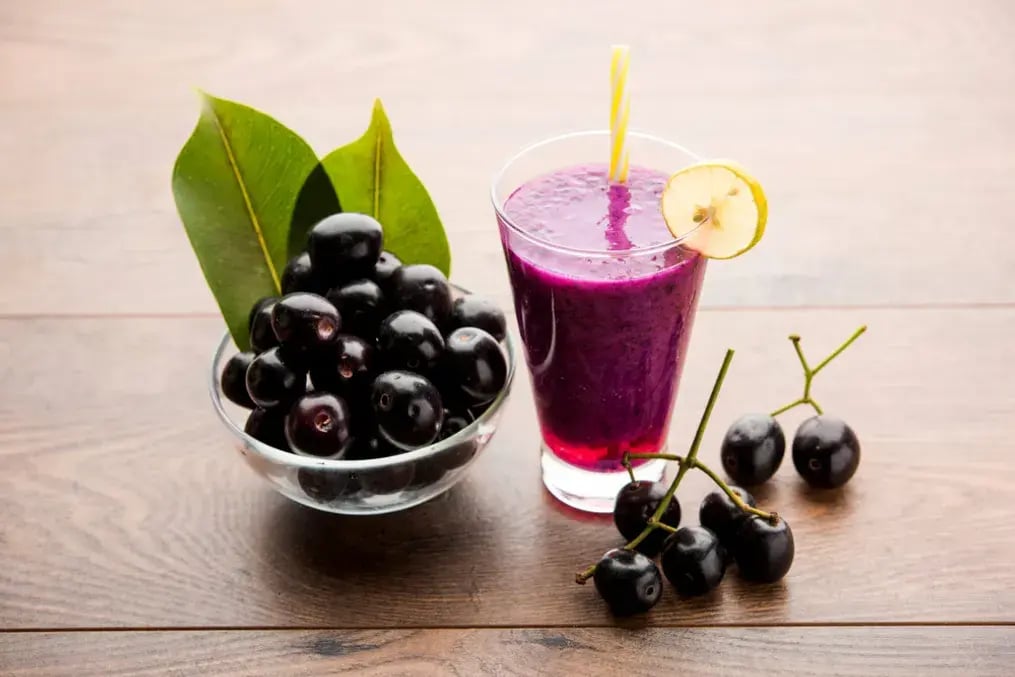
Jamun (black plum) season is short, but it leaves a mark. That dense sourness with slight sweetness makes jamun tricky but rewarding. You’ll need to de-seed and possibly tame the tannins with a bit of honey or banana. But once that’s done, the dark purple pulp pairs brilliantly with almonds and bittersweet chocolate.
Like This Article?
More Like This


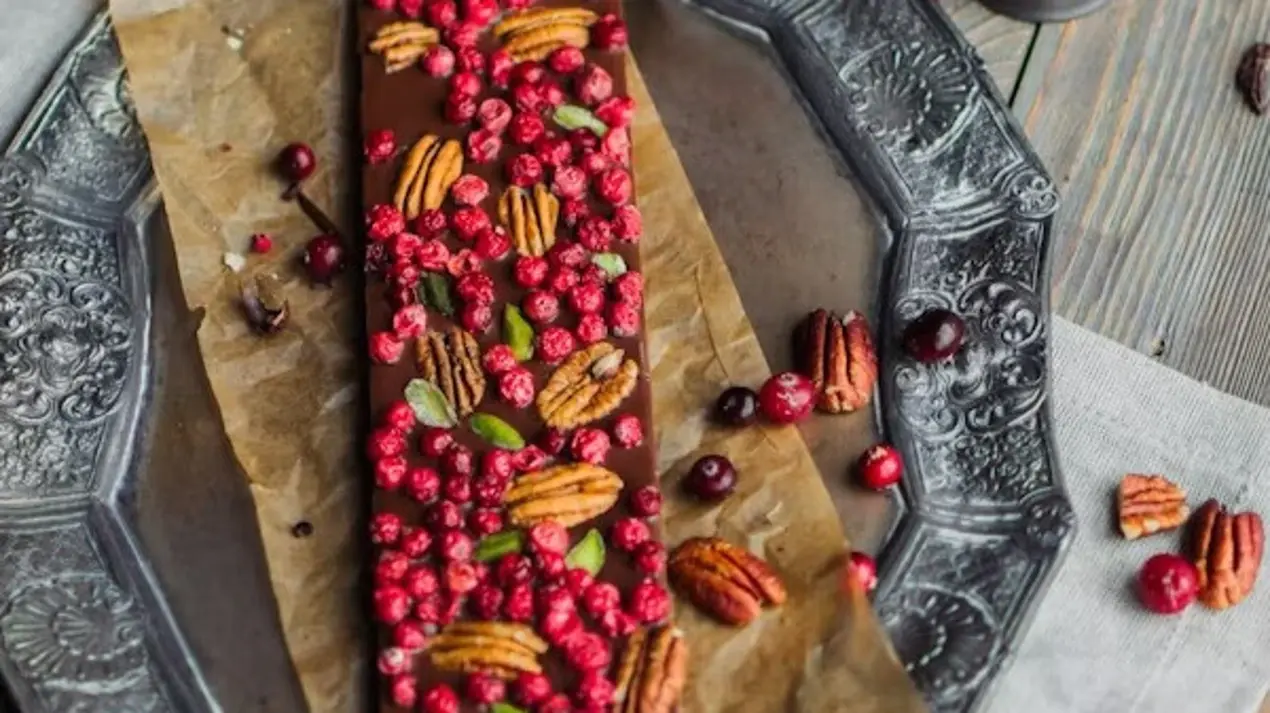

Popular Articles





Trending Web Stories
Curated Recipes

















